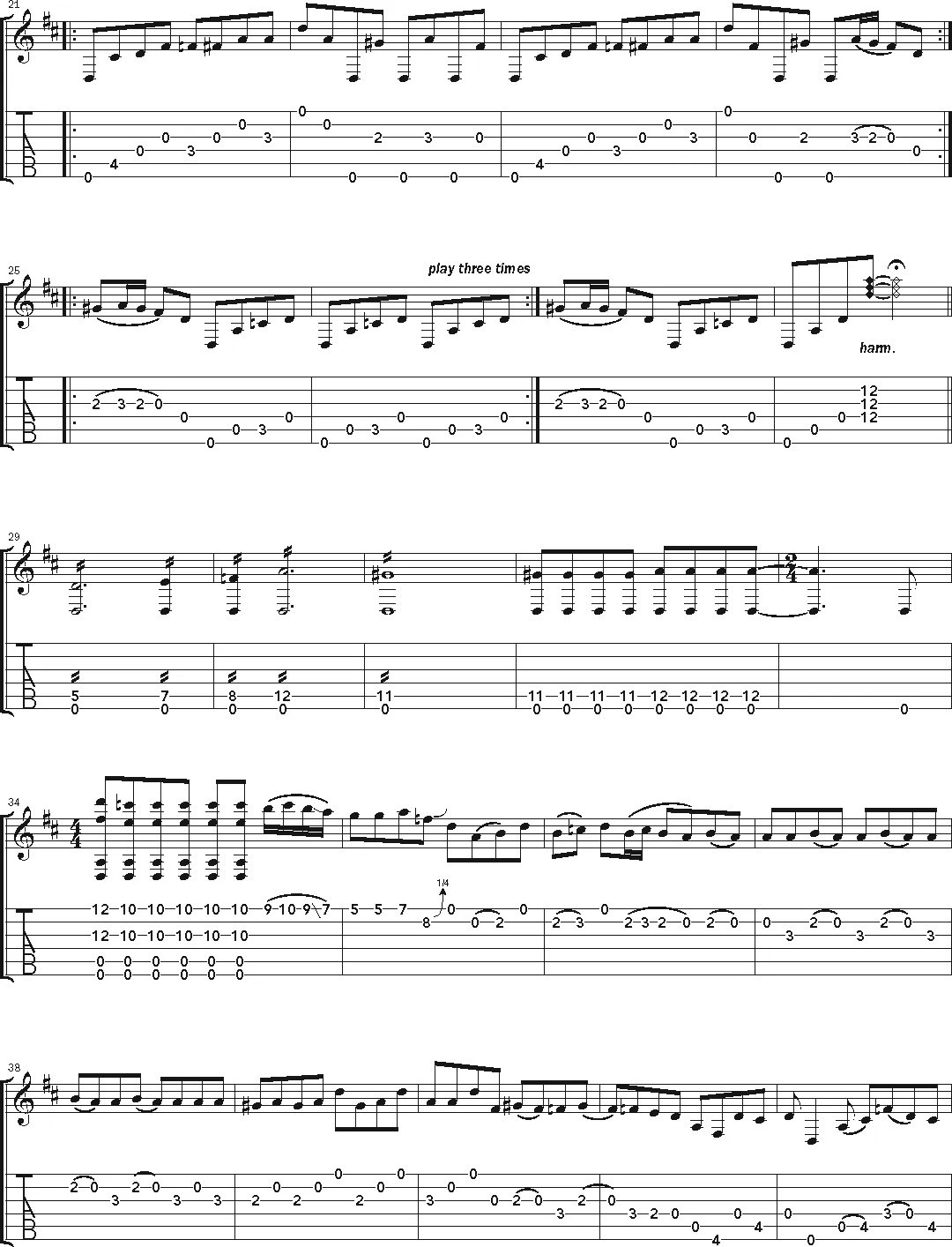Billy Strings, a name synonymous with breathtaking bluegrass guitar, found inspiration in an unexpected place one January evening in 2019. After a day immersed in recording at Nashville’s Blackbird Studio, he watched Martin Scorsese’s documentary, George Harrison: Living in the Material World. It wasn’t Harrison’s rock anthems, but Ravi Shankar’s profound exploration of Indian music that resonated deeply with Strings. He noted how Shankar’s music seemed to emanate directly “from the soul.”
This soulful expression sparked an idea. The very next day, back in the studio, a riff began to form in Strings’ mind, directly influenced by the film’s Shankar sequences. During a studio lunch break, he picked up a vintage gem – a pre-war Martin 000-28. “I told our engineer to just let the tape roll,” Strings recalls. He then tuned the guitar to an open and unconventional tuning, embraced the creative atmosphere, and let his fingers wander.
Playing over droning harmonium sounds provided by engineer Glenn Brown, Strings improvised for several minutes. He explored various right-hand techniques, including tremolo picking, cross-picking, and string skipping, seamlessly shifting between free-flowing rhythm and structured timing. “I wasn’t overthinking; I just wanted to tap into something raw and spontaneous, to discover unexpected musical paths. It was pure experimentation,” Strings explained. The subsequent addition of a Buchla synthesizer further enhanced the track’s otherworldly feel.
This improvisational studio session became “Guitar Peace,” a standout track on Strings’ 2019 album, Home. To approach playing “Guitar Peace”, a dive into open D tuning is essential. This altered tuning, and the Strings For Guitar chosen, are foundational to the song’s unique sonic landscape. Let’s explore how to unlock this sound and the techniques Billy Strings employed.
Tuning into “Guitar Peace”: Open D and String Choice
“Guitar Peace” utilizes an open D tuning, but with a twist that significantly impacts the tension and tonal possibilities of your guitar strings. To get there, start with standard tuning and then:
- Lower the 1st string (high E) down a whole step to D.
- Lower the 2nd string (B) down a whole step to A.
- Lower the 3rd string (G) down a half step to F#.
This results in a D ADF#AD tuning. Experimenting with different guitar string gauges in open D can drastically alter the feel and sound. Lighter gauge strings might offer easier bending and a brighter tone, while heavier gauges can provide more resonance and sustain, particularly in lower tunings. Consider experimenting with string sets designed for open tunings or bluegrass for optimal performance and tone when exploring pieces like “Guitar Peace”.
Before tackling the entire piece, spend time simply exploring this new tuning. Strum chords, play scales, and let your fingers become familiar with the fretboard’s transformed layout. Notice how familiar patterns shift and new melodic possibilities emerge.
Mastering the “Guitar Peace” Riff and Techniques
The central riff of “Guitar Peace,” first appearing around bar 13-16 of the transcription, is your entry point into the song’s essence.
 Billy Strings Guitar Peace music notation sheet 2
Billy Strings Guitar Peace music notation sheet 2
Notice the harmonic simplicity of the riff. The piece remains harmonically static throughout, emphasizing the raised fourth (G#) which imparts that distinctive Indian flavor that initially inspired Billy Strings. Focus on achieving a consistent and clean picking hand technique. Whether you prefer all downstrokes, alternate picking, or a hybrid approach, strive for evenness and clarity in each note. Allow the notes to ring together, creating a drone-like texture characteristic of the piece. In bar 14, pay particular attention when switching between the sixth and third guitar strings, ensuring you isolate those strings and avoid accidentally hitting the inner strings.
Once the main riff feels comfortable at tempo, delve into the variations Strings introduces. Phrases in bars 17–20 and 25–28 incorporate pull-offs and harmonics, adding layers of complexity and texture.
 Billy Strings Guitar Peace music notation sheet 4
Billy Strings Guitar Peace music notation sheet 4
Beyond Transcription: Improvisation and Finding Your Own “Guitar Peace”
While learning the transcribed parts provides a foundation, the true spirit of “Guitar Peace” lies in improvisation. As Billy Strings himself advises, “Just try to reach into your heart and play what you feel. Play your guitar as if you’re humming a melody.”
Experiment with improvising over the static harmonic landscape of the open D tuning. Use the techniques demonstrated in the main riff – tremolo picking, cross-picking, string skipping – as starting points. Explore different scales and modes that complement the open D tonality. Consider how different guitar strings might respond to these techniques; warmer strings might lend themselves to legato phrasing while brighter strings could enhance percussive picking styles.
Ultimately, “Guitar Peace” is an invitation to explore your own musical voice on the guitar. By understanding the tuning, techniques, and improvisational mindset behind Billy Strings’ creation, you can begin to unlock your own “Guitar Peace” and discover the soulful sounds within your instrument and your own playing.


